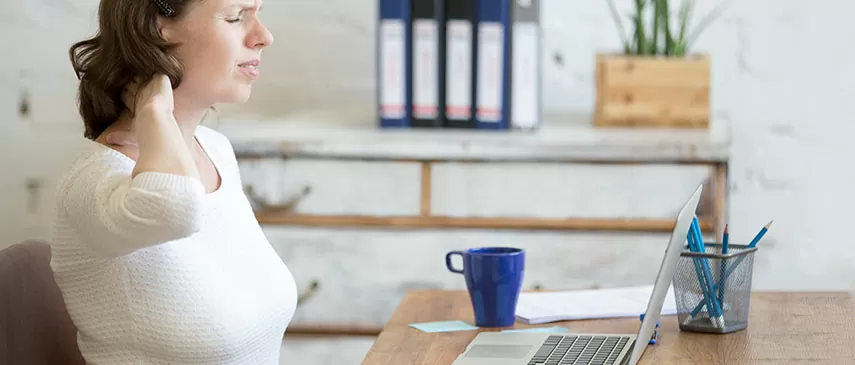For whatever reason, your joints just aren’t what they used to be. Whether you’ve been struggling with a recent injury that makes motion painful or you’re simply suffering the usual effects of age-related osteoarthritis, you can’t get around without aches and pains. But gulping down painkillers and leading a sedentary life aren’t very satisfactory solutions for most people. If you want to enjoy your life as fully as possible without being limited by joint aches and stiffness, it’s time to think about an all-natural answer: physical therapy. After reading, give Life In Motion Physical & Hand Therapy a call to see how we can help you get to activities you love!
Understanding Joint Stiffness and Pain
To understand how physical therapy can help you with your joint symptoms, first, it’s important to understand why those symptoms are happening. Joint stiffness and pain can be caused by a variety of problems. In an acute sprain or strain, for instance, the joints’ muscles, tendons or ligaments may be damaged. The resulting inflammation can be both painful and immobilizing.
But soft tissue injuries don’t have to occur in a dramatic accident — they can also develop slowly over months or years. If your chosen sport, job or hobby causes you to overstress certain joints over and over again, you may end up with chronic tendinitis or bursitis. Sometimes, you can even develop soft tissue pain from doing nothing. For instance, a condition called adhesive capsulitis, or “frozen shoulder,” can make your shoulder all but unusable if you’ve had your arm in a sling for a long time.
Perhaps the most common cause of joint pain and stiffness is osteoarthritis. Everyone gets older, after all, and this condition usually stems from age-related deterioration of the cartilage between the bones in a joint. But many people also suffer from rheumatoid arthritis, a painful, damaging joint condition caused by autoimmune issues.
Types of Physical Therapy to Consider
As you can see, there are many ways to develop joint aches and pains. Fortunately, there are also many forms of physical therapy that can address these symptoms, easing your pain and extending your range of motion. Our physical therapist will start by evaluating your condition carefully, from your overall health and your daily activities to how and when you experience your symptoms. Evaluation of the joint itself, and of your ability to move it, can reveal exactly what the underlying problem is. This leads us toward recommending specific kinds of physical therapy, such as:
- RICE — RICE stands for “Rest,” “Ice,” “Compression” and “Elevation.” If you’re nursing an acute joint injury, our physical therapist may prescribe this protocol to reduce pain and swelling.
- Stretching exercises — Stretching exercises help injured muscles and connective tissues heal back to their former length and range of motion. These exercises are also good for keeping arthritic joints from becoming stiffer. Our physical therapist may also recommend workouts on a treadmill or stationary bicycle.
- Hydrotherapy — Hydrotherapy can provide excellent exercise for people whose joints can’t yet bear their full weight. Performing gentle exercises in the water allows the water to support part of your body weight, so you can move those joints and rebuild joint tissues.
- Joint mobilization techniques — Working with a balance board or “wobble board” can help you improve your pain-free range of motion, especially in the foot or ankle joints. You may also benefit from techniques aimed at breaking up internal scar tissue, which can form over old injuries and cause chronic stiffness.
Get a Personalized Treatment Plan From Our Physical Therapist
Life In Motion’s Pinellas Park & Seminole, FL physical therapist team can create a personalized physical therapy plan to suit your specific needs and goals. So don’t put up with painful joints — contact our physical therapists today!
Tags: Physical Therapy Service, Back Pain Relief, Surgery, Wrist Pain, Mobility, Physical Therapy, Physical therapist, Health, Strength



